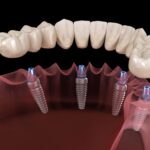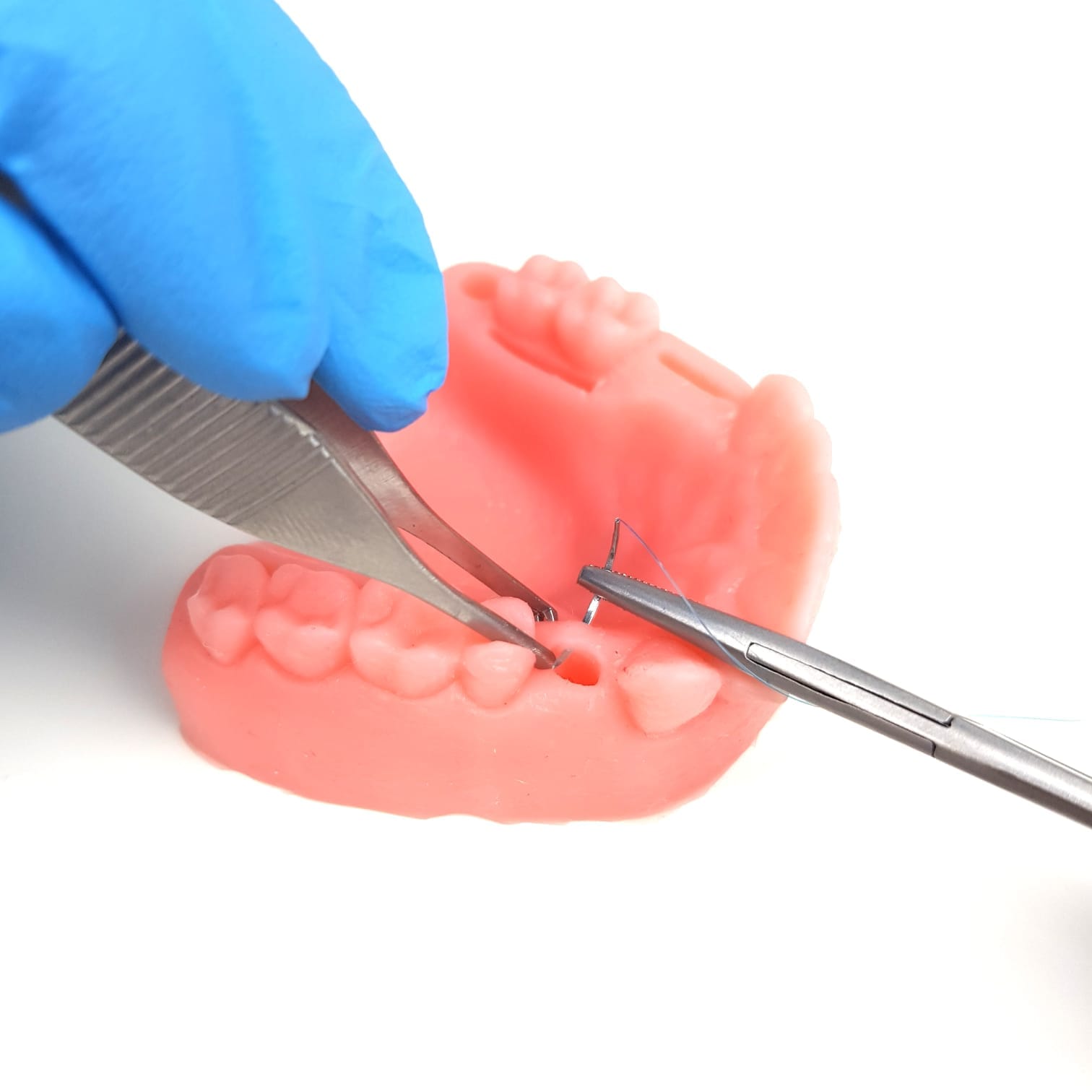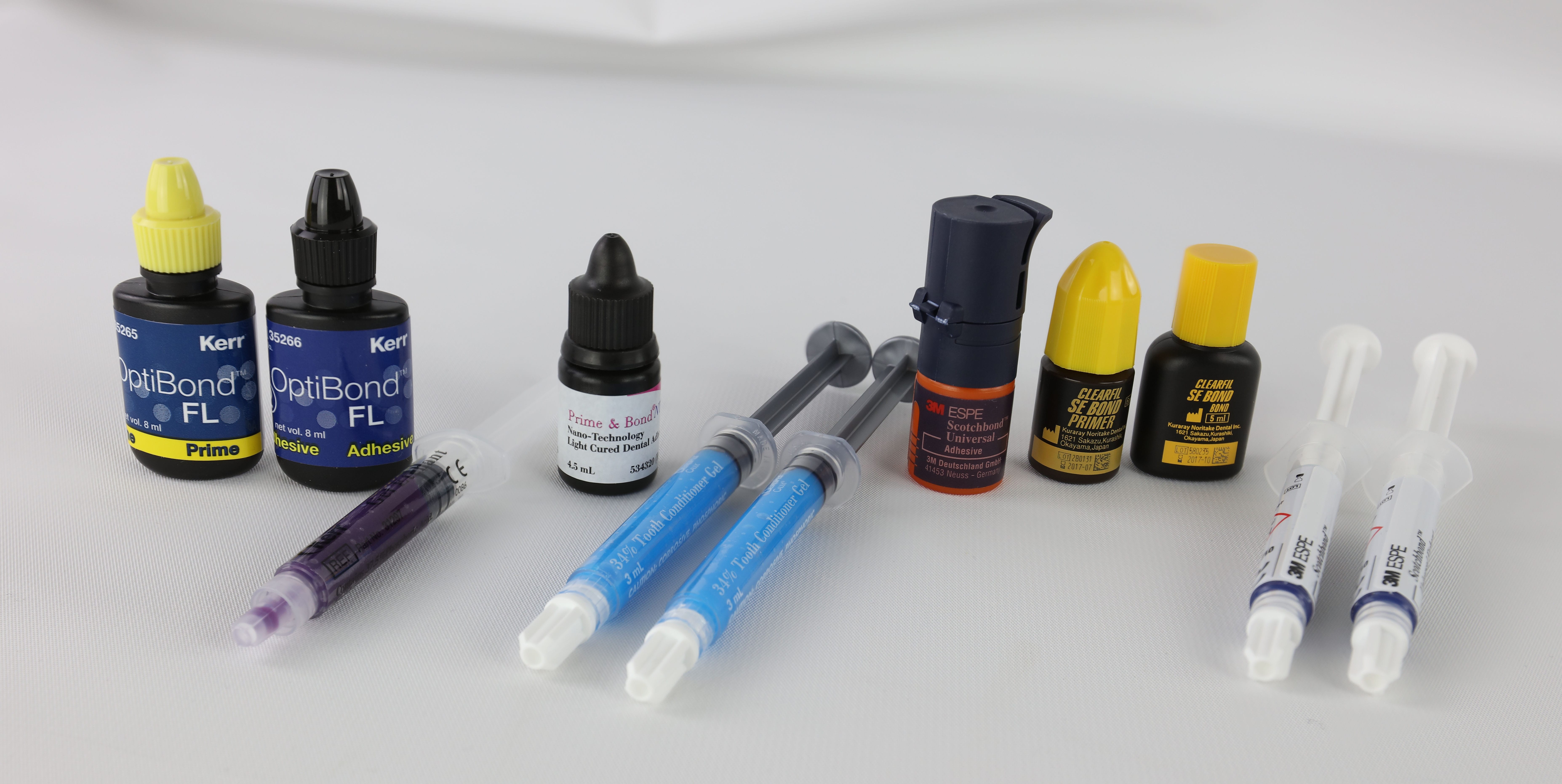Invisalign has emerged as a popular choice for orthodontic treatment, thanks to its discreet and comfortable design. However, many patients wonder whether their insurance will cover the cost of Invisalign. This article serves as your go-to guide for understanding Delta Dental’s coverage for Invisalign, empowering you to make informed decisions about your orthodontic care.
Understanding Delta Dental Insurance
Overview of Delta Dental
Delta Dental stands as one of the largest dental insurance providers in the United States, offering a diverse array of plans tailored to meet the unique needs of its members. With an extensive network of dentists and orthodontists, Delta Dental strives to make dental care both accessible and affordable.
Types of Delta Dental Plans
Delta Dental provides several plan options, including:
- Delta Dental PPO: Preferred Provider Organization plans that allow flexibility in choosing dentists both within and outside the network.
- DeltaCare USA: A Dental Health Maintenance Organization (DHMO) plan that requires members to select a primary care dentist and obtain referrals for specialist care.
- Delta Dental Premier: A fee-for-service plan that offers broad access to dentists with varying levels of coverage.
Invisalign: A Modern Orthodontic Solution
What is Invisalign?
Invisalign is a brand of clear aligners designed to straighten teeth and correct bite issues. Custom-made for each patient, these aligners are virtually invisible, making them an appealing option for both teens and adults seeking orthodontic treatment.
Benefits of Invisalign
- Aesthetic Appeal: Clear aligners are significantly less noticeable than traditional metal braces.
- Comfort: Crafted from smooth plastic, Invisalign aligners are more comfortable and less likely to irritate gums and cheeks.
- Convenience: Aligners can be easily removed for eating, drinking, and maintaining oral hygiene, which adds to their practicality compared to conventional braces.
Delta Dental Coverage for Invisalign
General Coverage Information
Delta Dental does provide coverage for Invisalign; however, the extent of this coverage varies depending on your specific plan and whether it includes orthodontic benefits. Typically, Delta Dental PPO plans offer some level of coverage for Invisalign, while DeltaCare USA plans may not cover it at all.
Criteria for Coverage
To qualify for coverage, consider the following criteria:
- Medical Necessity: Coverage may be granted if Invisalign is deemed medically necessary. This often requires documentation from your orthodontist.
- Comprehensive Orthodontic Treatment: Invisalign must be part of a broader orthodontic treatment plan.
- Plan-Specific Details: Each Delta Dental plan has its own guidelines regarding coverage for Invisalign. It’s essential to review your plan’s specifics to understand your benefits fully.
Plan-Specific Details
- Delta Dental PPO: Generally covers about 50% of the cost of Invisalign, with an annual maximum payout around $2,000.
- DeltaCare USA: Typically does not cover Invisalign treatment.
- Delta Dental Premier: Offers coverage similar to PPO plans but may have different network considerations.
Factors Affecting Coverage
Age Restrictions
Certain Delta Dental plans impose age restrictions on orthodontic benefits, often covering only those under 19 years old. Always check your specific plan for such limitations.
Medical Necessity
Invisalign coverage may require proof of medical necessity—such as severe malocclusion or other dental issues impacting overall health—before approval.
Network Status of Providers
Coverage can also depend on whether your orthodontist is within the Delta Dental network. Visiting out-of-network providers may result in higher out-of-pocket costs or no coverage at all.
Cost and Payment Options
Average Cost of Invisalign
The typical cost of Invisalign ranges from $4,000 to $8,000, influenced by case complexity and treatment duration.
Out-of-Pocket Costs
Even with insurance coverage, patients may still face substantial out-of-pocket expenses. Delta Dental plans often cover about 50% of the treatment cost, leaving patients responsible for the remaining balance.
Payment Plans and FSAs/HSAs
Many orthodontists offer payment plans to make Invisalign more affordable. Additionally, patients can utilize Flexible Spending Accounts (FSAs) or Health Savings Accounts (HSAs) to pay for treatment using pre-tax dollars.
Alternatives to Invisalign
Other Clear Aligners
Delta Dental generally does not differentiate between various brands of clear aligners. If your plan covers Invisalign, it will likely extend coverage to other brands like ClearCorrect and SureSmile as well.
Traditional Braces
Traditional metal braces are usually covered under Delta Dental plans. They often come at a lower cost than Invisalign and may serve as a viable alternative for those seeking orthodontic treatment.
Steps to Verify Your Coverage
- Reviewing Your Policy
Start by examining your Delta Dental policy to understand your specific coverage details. Look for information on orthodontic benefits, age restrictions, and network requirements. - Contacting Delta Dental
Reach out to Delta Dental’s customer service for personalized information regarding your coverage. They can clarify what is covered and outline any potential out-of-pocket costs you might incur. - Pre-Treatment Estimates
Request that your orthodontist submit a pre-treatment estimate to Delta Dental. This will provide you with a clear understanding of how much your insurance will cover and what financial responsibilities you will have.
Appealing a Coverage Decision
Understanding the Appeals Process
If your request for Invisalign coverage is denied, you have the right to appeal the decision. Understanding the reasons behind the denial is crucial in this process.
Collecting Necessary Documentation
Gather all relevant documentation—including medical records and letters from your orthodontist—to support your appeal. This evidence can strengthen your case for why Invisalign should be covered under your plan.
Submitting an Appeal
Draft a formal appeal letter addressed to Delta Dental, clearly stating your case while including all supporting documentation. Follow up with them to ensure that your appeal is being reviewed promptly.
Conclusion
Navigating dental insurance can be complex, especially when it comes to orthodontic treatments like Invisalign. While Delta Dental does offer coverage under certain plans, understanding the specifics of your policy is essential. By reviewing your plan details, contacting Delta Dental for clarification, and considering alternative payment options, you can make informed decisions about your orthodontic care. Remember: investing in a confident smile is an investment in your overall health and well-being!
Does Delta Dental Cover Invisalign?
Yes, Delta Dental plans often include coverage for Invisalign as a standard benefit if adult orthodontic coverage is part of the plan. Coverage levels and eligibility can vary, so it’s important to check the specifics of your plan.
What Percentage of Invisalign Cost Does Delta Dental Cover?
Delta Dental typically covers around 50% of the cost for Invisalign, subject to plan specifics and maximum benefit limits. Some plans may have a maximum annual payout, which can affect the total coverage amount.
Are There Age Restrictions for Invisalign Coverage with Delta Dental?
Some Delta Dental plans may limit orthodontic benefits, including Invisalign, to members who are 19 years of age or younger. However, this varies by plan, and some do not have an age limit.
Can Delta Dental Coverage for Invisalign Vary by Plan or State?
Yes, coverage for Invisalign with Delta Dental can vary depending on the plan and state. Different plans have different levels of coverage, and some states may have specific regulations affecting coverage.
How Do I Know if My Delta Dental Plan Covers Invisalign?
To determine if your Delta Dental plan covers Invisalign, review your plan’s Summary of Dental Benefits or contact Delta Dental customer service. You can also consult with your orthodontist, who can provide a pre-determination of benefits.















